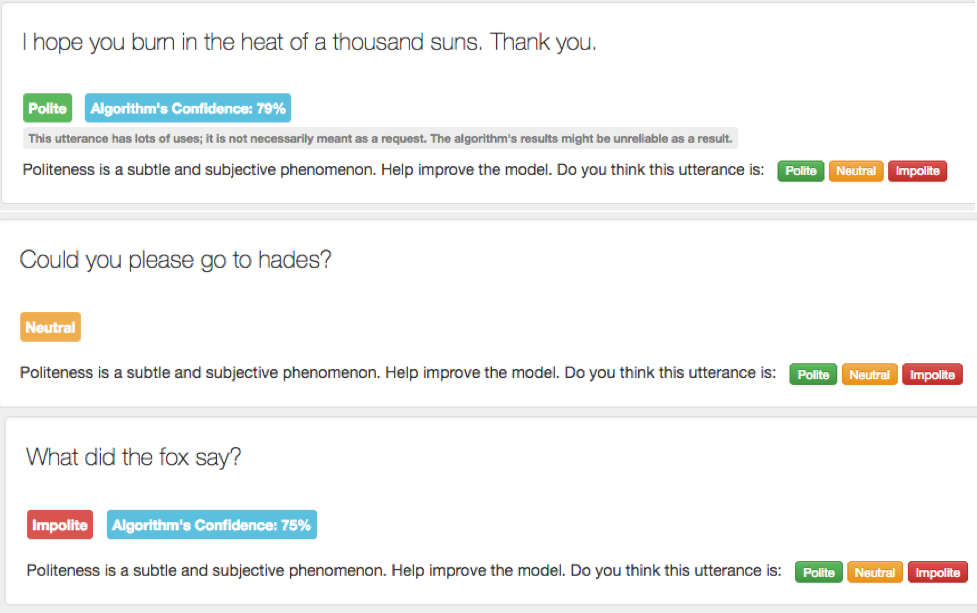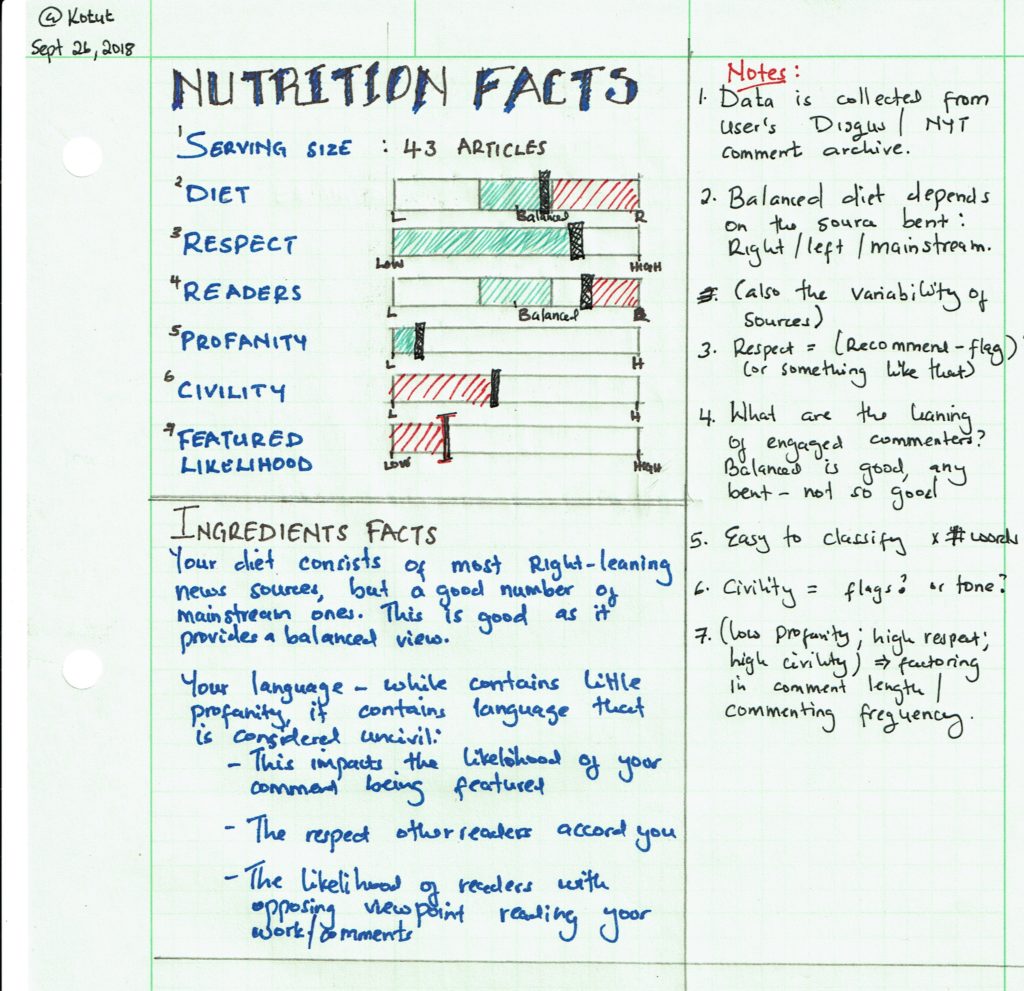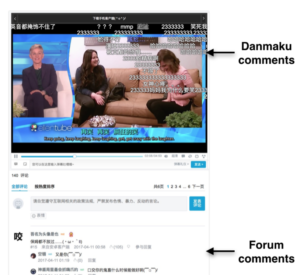- Nicole B. Ellison, Charles Steinfield and Cliff Lampe . “The Benefits of Facebook “Friends:” Social Capital and College Students’ Use of Online SNS” (2007).
- Moira Burke, Robert Kraut and Cameron Marlow. Social Capital on Facebook: Differentiating Uses and Users (2011).
Brief:
Both papers look at bridging and bonding connections when considering social capital wrought by social media. Ellison approaches this by considering how this connections once forged offline, is then maintained online via social media — dubbing this “maintained social capital” and considering it a third dimension to bridging and bonding, while Burke examines how different uses of Facebook influence different types of social capital combining both longitudinal self-report surveys supported by (non-personal) server logs.
Reflection:
I believe that the use of Facebook as a social media test for bridge and bond ties remains relevance to this day. There is somewhat a quality control over personal posts, and it is semi-private making it easier for users to be more willing to disclose personal information. This is borne out by recent research that probed the cross-social media sites and user preferences for each and explain the shift to Instagram (they however validate the usefulness of Facebook towards building bonding and bridging ties), but for self-expression, the surveyants found Instagram to provide a medium for self-expression. Apart from Facebook as a platform (and other time-barred characteristics such as Facebook being designed around college campuses), I would also add a disclaimer that both papers are limited in longevity of their approach based on how technology has moved from the desktop to the smartphone with more opportunities for people to interact with the platform apart from the the use of Facebook has changed how often people interact and how much they check online.
Importance Social Capital: The importance of measuring social capital has only risen with time, after these two papers — so important that a study was commissioned to measure the social capital index for the United States (completed early this year). Most usefully, the study first showcased the lack of standardized measurements of social capital that leads to a discussion about what (else) to measure when talking about social capital and provide table of sub-indices used to measure the social capital (From their results, Utah ranks first, Louisiana last and Virginia at position 17). A new measurement that shifts in tandem with the shift in Facebook use is also needed: Facebook itself is doing this, and is in the process of testing a new feature for group-to-group linking as part of advancement of measuring and using social capital.
Abusing Social Capital
For various academic and accident of nature reasons that are made clear below, I am also interested in how social capital is abused. I raise two points: From the user and the other from the platform perspective. An overarching question in using these two examples is whether they should also be included as a negative measure in connections or whether all connection leads to added social capital?
How people “cash-in” on social capital: The papers discusses at a glance how people “cash-in” on the social capital e.g. job prospects. But there are other means that are abusive: the joke about the “black friend” (extends to Muslim friend etc. as situation demands) originates from debates on racism, where a person with racist tendencies for example, would claim the fact that they *could* not be racist because they have a black (Facebook) friend (“friend” definition stretched to gossamer thinness), the “friendship” was formed for a reason, and we can’t really fault the use of the connection, but it is abuse nonetheless. Other examples of misuse include soliciting buy-ins from friends in multi-level marketing and pyramid schemes that abuse this social capital.
Platform abusing social validation: Both Ellison and Burke’s papers were published before it became clear how Facebook intended to make money, and how this has influenced the user base (such as the rise of the #DeleteFacebook movement). Too, in planning for growth, Facebook is known to exploit user tendencies towards achieving social validation feedback loop. that would ensure that a user spends as much time on Facebook as possible — an approach that exploits (and pollutes) the pursuit for collecting social capital.


